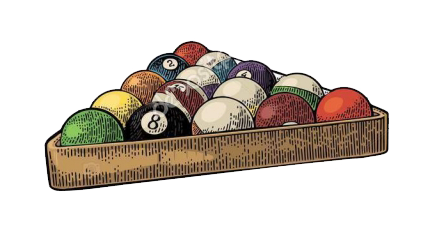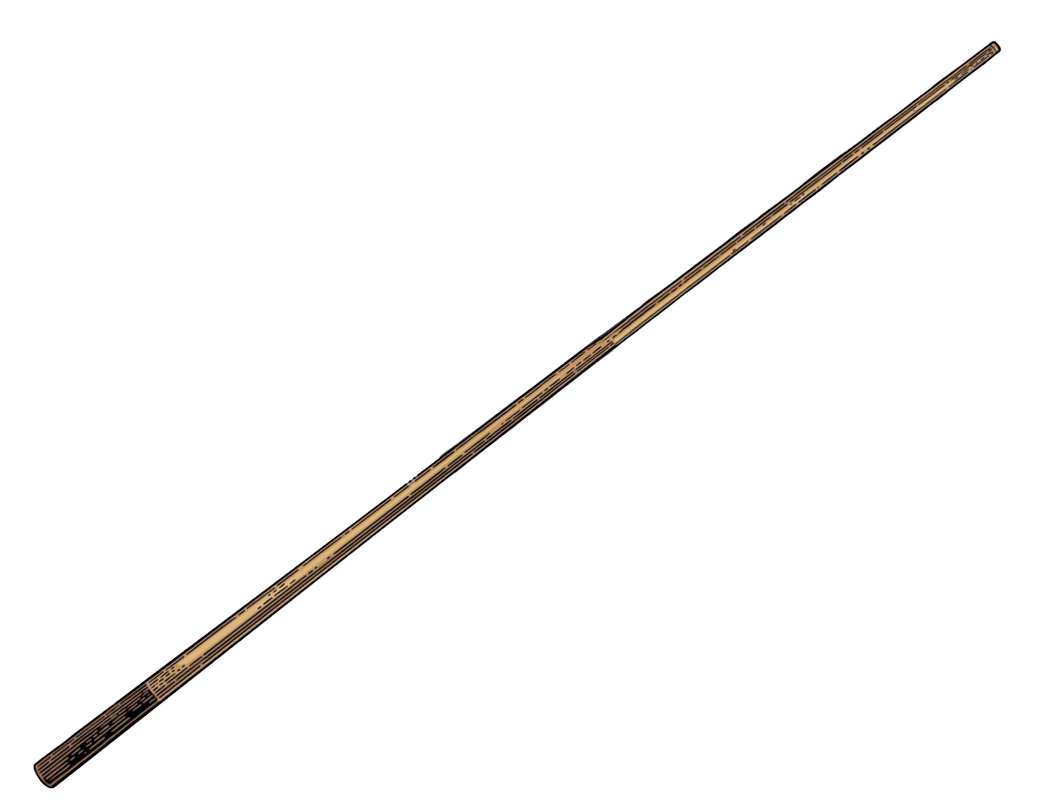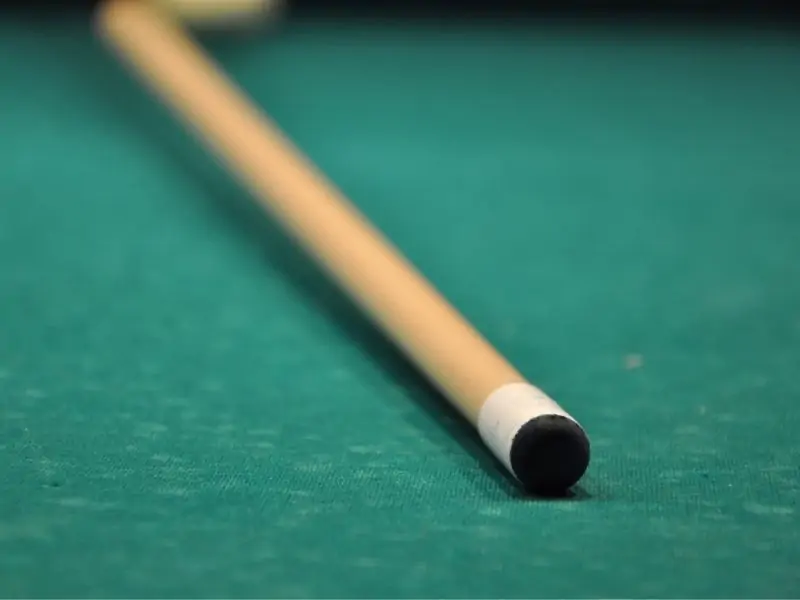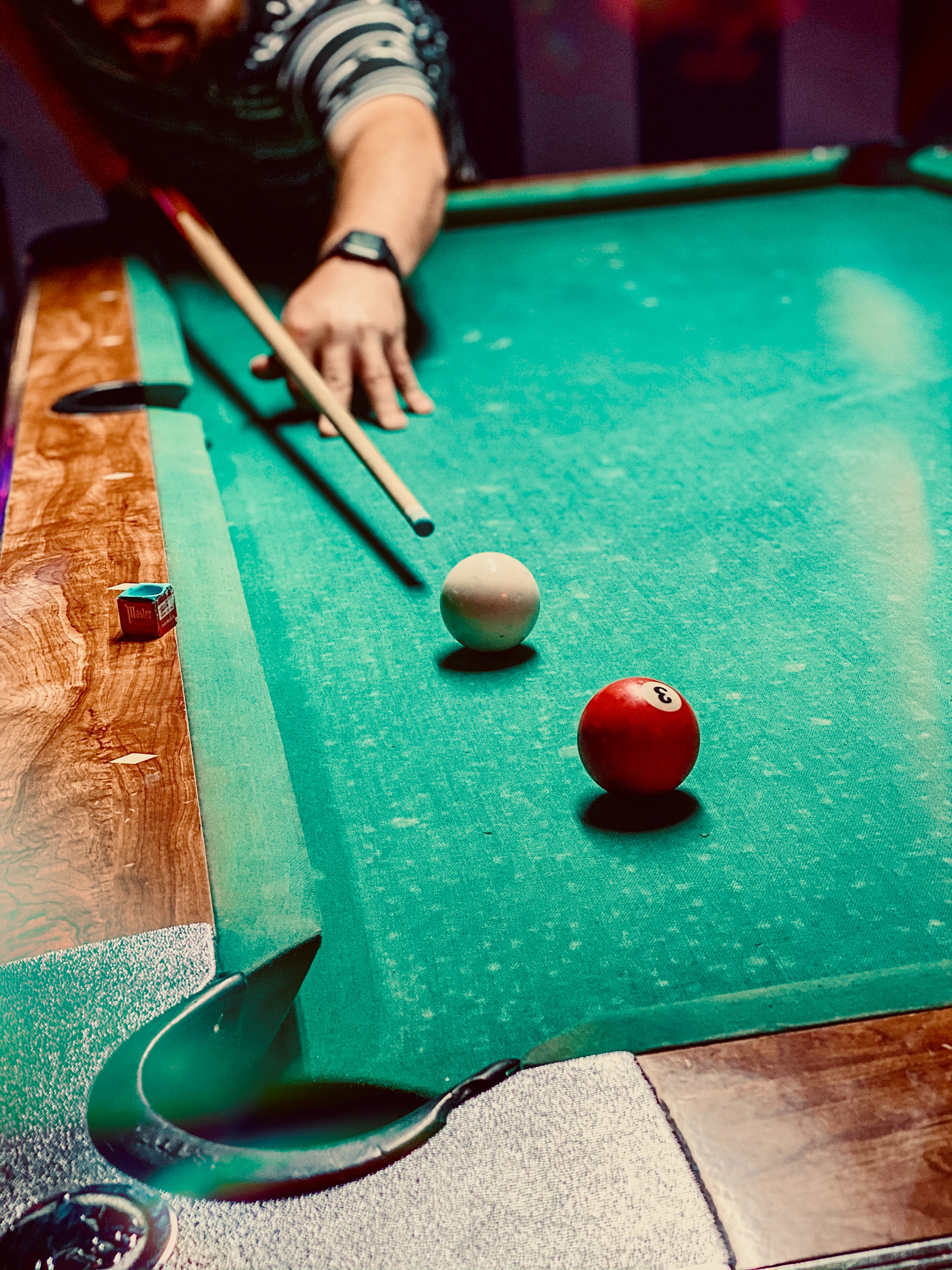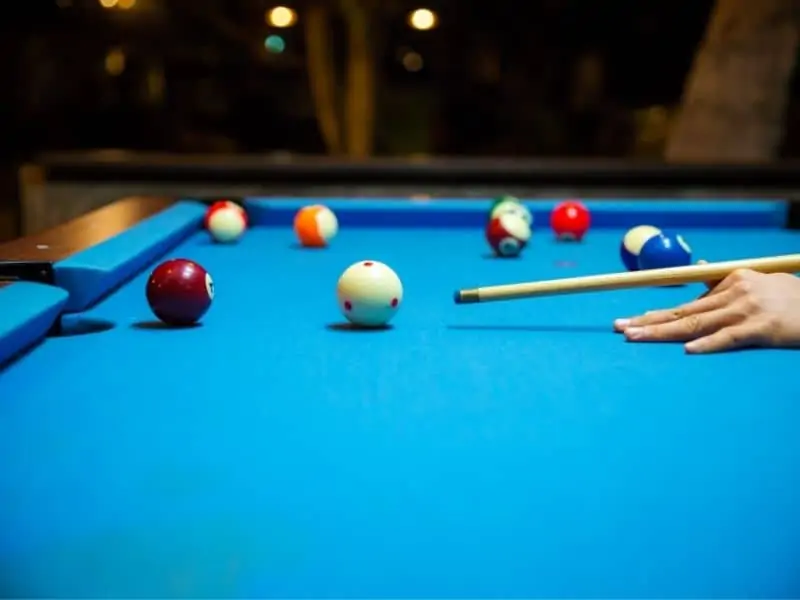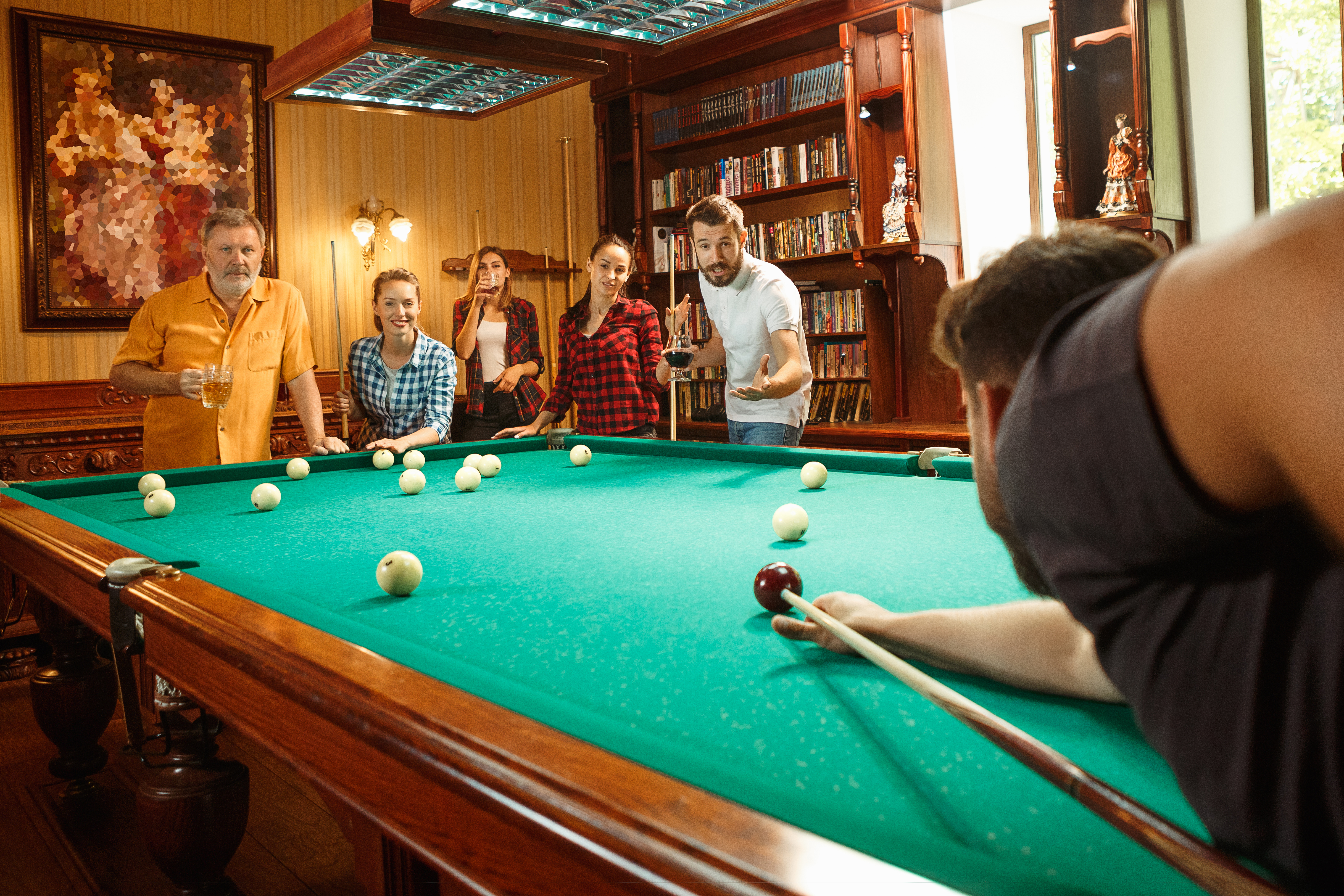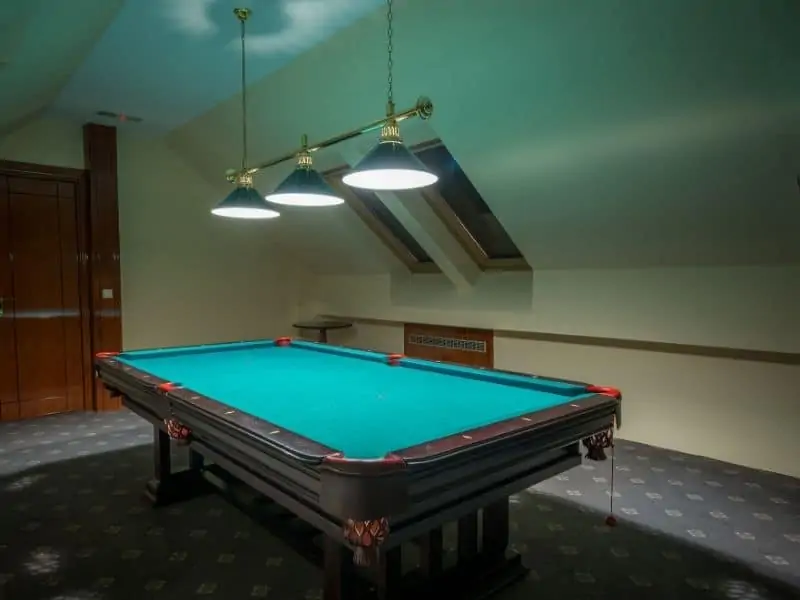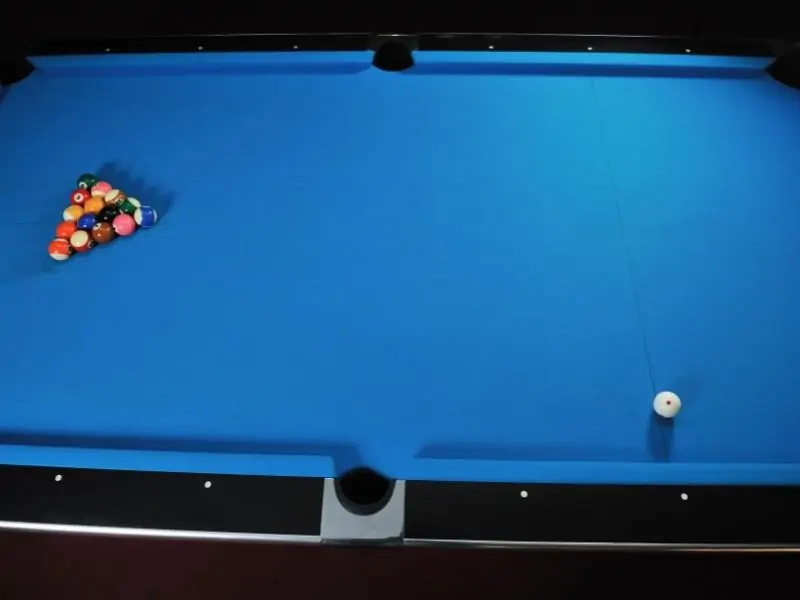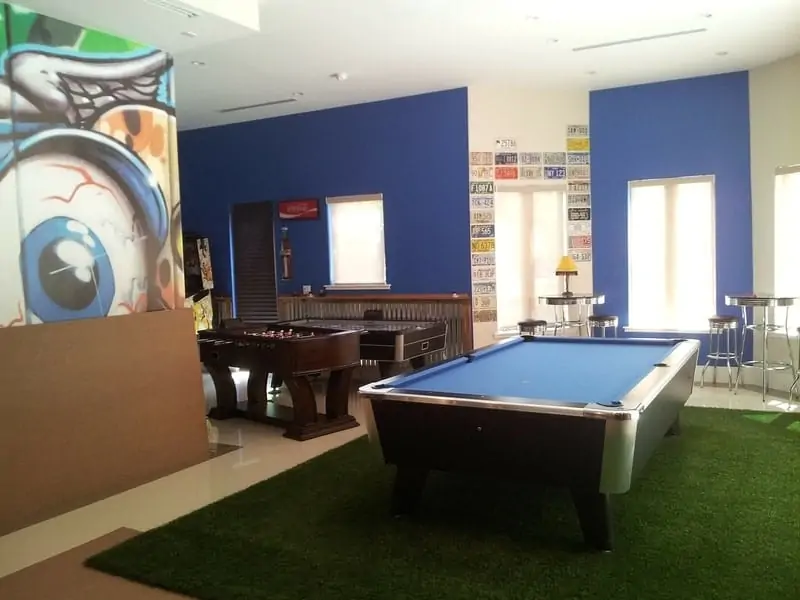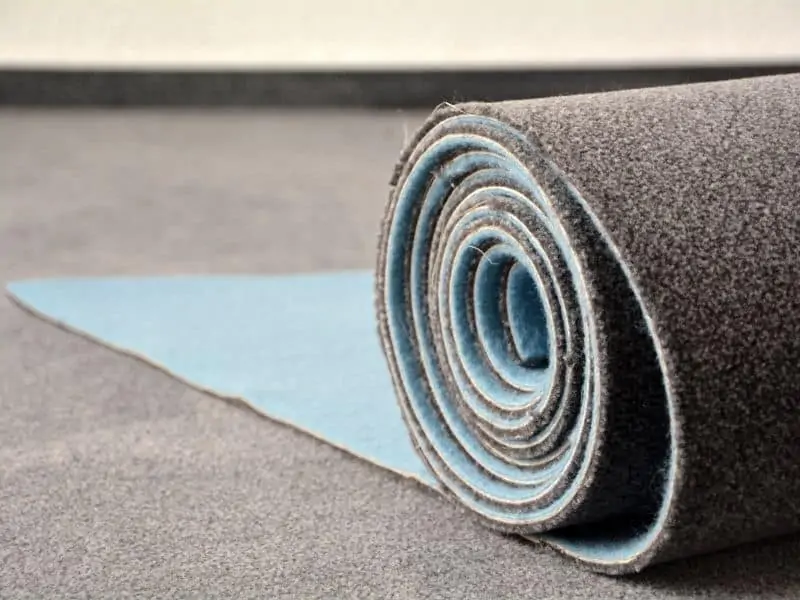Maybe you’ve tried to replace a glue-on tip and it just didn’t go well. It took too long, too many steps, and you messed up while shaping the leather tip. This is enough to make one wonder about screw-on tips that some cues have. It would be nice just to be able to unscrew the tip and screw another one on. Done dusts off hands. But, the most important question before taking this leap is: Are screw-on pool cue tips any good?
For most pool players who strive to get good and use decent equipment, screw-on tips are not good. They tend to come loose over time, which can affect how the tip interacts with the cue ball during shots. Even the threads in the ferrule can become damaged and loosen.
That said, pool hall proprietors love screw-on tips for their house cues. This is where cues with screw-on tips are used most often: pool halls and bars. You can, however, buy generic pool cues with screw-on tips at Wal-Mart and, if you’re not careful, online.
Why Glue On Cue Tips Are Better Than Screw-On Tips
The most important factor when it comes to glue-on vs screw-on cue tips is how solid the connection between the ferrule and the tip is. Screw-on tips may work for a while without any noticeable disadvantages. But, over time, the connection between the threads of the tip and the threads of the ferrule will become loose. When this happens, it can start affecting the shots in different ways.
With a glue-on tip, the ferrule and tip are connected securely. The glue hardens so much that it essentially joins the two pieces together. And when you have a nice, solid tip-ferrule connection, the transference of energy from cue to cue ball is smooth and focused.
But, with a screw-on tip, this is not the case after the cue has seen a decent amount of play. Even if the cue is just slightly loose on the ferrule, the transference of energy is affected. The loose connection acts as a dampener of sorts, dissipating some of the energy of the shot. And in pool— a precision game— this is the last thing you want.
This is something the players are very aware of even through the feel and sound of the shot. Glue-on tips have a more solid-sounding hit when compared to screw-on tips. Those who have been playing with glue-on tips for any decent amount of time will be able to tell you that shooting with a screw-on tip doesn’t feel the same. And feel counts for a lot in pool.
However, there are some benefits of screw-on tips, and we would be remiss were we not to cover them.
Benefits of Screw-On Tips
There are a few benefits to screw-on tips that may help you decide which type to go with. These benefits are:
- Easy to Change
- Cheap
- Ideal for Bar/Pool Hall Usage
Easy to Change
The main draw of screw-on tips is how easy they are to change. You simply have to unscrew the old one and screw in the new one. This makes them ideal for those players who don’t want to devote the twenty or more minutes it takes to change a glue-on cue tip.
It’s also beneficial for those who want to use different tips during the game. You can purchase a hard tip for break shots, then switch to a medium or soft tip for the rest of the game. If you need to do a jump shot, you can switch tips again as the situation calls for it.
Cheap
Most screw-on tips use a leather-like substance instead of the genuine leather that glue-on tips use. This makes them cheaper to manufacture. That cost is then passed onto the consumer. A pack of screw-on tips is usually less than ten dollars.
Ideal for Bar/Pool Hall Usage
The two factors above combine to make screw-on tips ideal for pool hall and bar usage. Most bars and pool halls have cheap, single-piece house cues. Having screw-on cue tips only makes sense. If a tip is damaged, it can be changed easily without greatly interrupting the gameplay.
Plus, the low cost is attractive to business owners hoping to cut down on their bottom line. They can stock up on these tips and have them on hand to keep the games going.
How to Make the Best of Your Screw-On Cue Tip
Maybe you bought a cue with a screw-on tip before you knew there was a difference in tip styles. This is common. Those just getting into the game want their own cue, even if it’s not from a big name-brand company. Not to worry. You don’t have to throw out your cue. You can make the most out of your screw-on tip. Here’s how.
The best thing to do if you don’t want to continue using screw-on tips is to use a thread-locking fluid like Loctite to secure the tip to the ferrule. This will make sure the tip doesn’t come loose during gameplay. But, it also ensures you won’t be able to change out the cue tip with another screw-on tip. So what do you do when the tip wears down?
You have two choices:
- Have the ferrule changed out to one that’s designed for glue-on tips.
- Cut off the top of the worn screw-on tip and glue a new tip in its place.
The first option is usually better because it takes away any risk of the thread-locking fluid loosening over time. But, either way works. Of course, you can always get a whole new pool cue. You can get quality cues these days for under $100.
In Conclusion
The fact is that, if you’re someone who is serious about getting good at pool, you want to avoid screw-on tips. On the other hand, if you’re a casual player who plays more for the social aspect than the sport aspect, you’re fine using a screw-on tip.
If you own a pool hall or are looking to get some cheap house cues for your home billiards room, cues with screw-on tips are a perfectly valid option. If you have a better cue tip, you can give yourself a leg up on anyone who comes over to play and uses a house cue!
Other Articles You May Be Interested In
- The Ultimate Guide To Choosing A Pool Cue Tip
- Soft vs. Hard Pool Cue Tips: What’s the Difference?
- What Size Cue Tip Do The Pros Use?
- Do Pool Cue Tips Dry Out?
- What Cue Tips Do the Pros Use?
